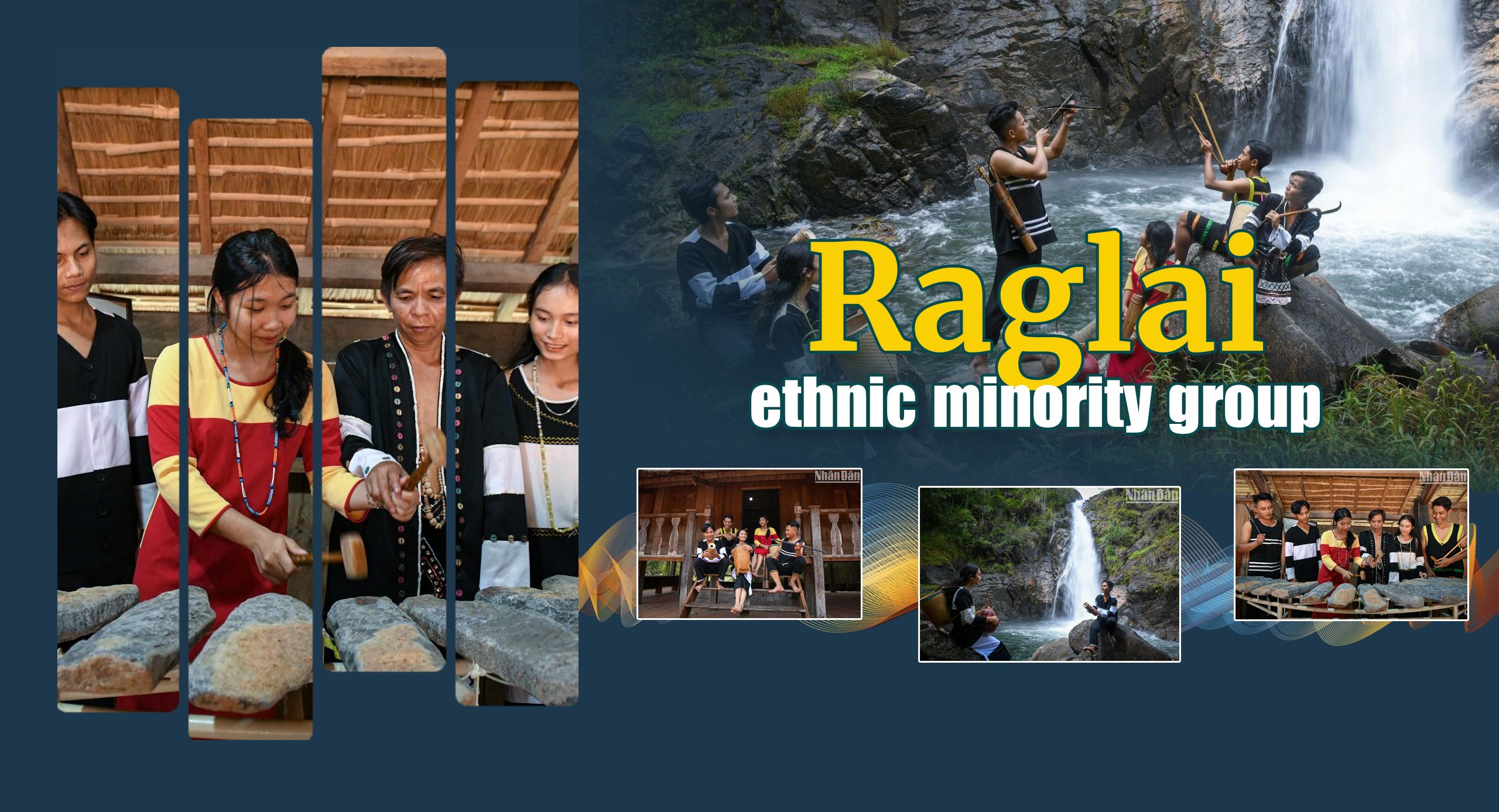
The Raglai ethnic minority group is one of the five ethnic groups belonging to the Malayo-Polynesian languages, the Austronesian language family, who have a long history of residence in the south-central region.
1. Origin
The Raglai people have long resided in the southern central region.
The Rai people live in Ham Tan District, Binh Thuan Province, while the Hoang and La Oang people live in Duc Trong District, Lam Dong Province.
2. Population, language
* Population:
According to the census of 53 ethnic minority groups on April 1, 2019, the total population of Raglai people is 146,613 people, including 71,628 males and 74,985 females.
* Language:
The language belongs to the Malayo-Polynesian language group (the Austronesian language family). Due to the contact with other ethnic groups in the region, the Raglai people have become bilingual and multilingual. Vietnamese currently plays an important role in communication with other neighbouring ethnic groups.
3. Geographic distribution
The Raglai people live mainly in the mountainous areas of Ninh Thuan and Khanh Hoa provinces. In addition, a small number of them reside in the localities of Binh Thuan and Lam Dong provinces.
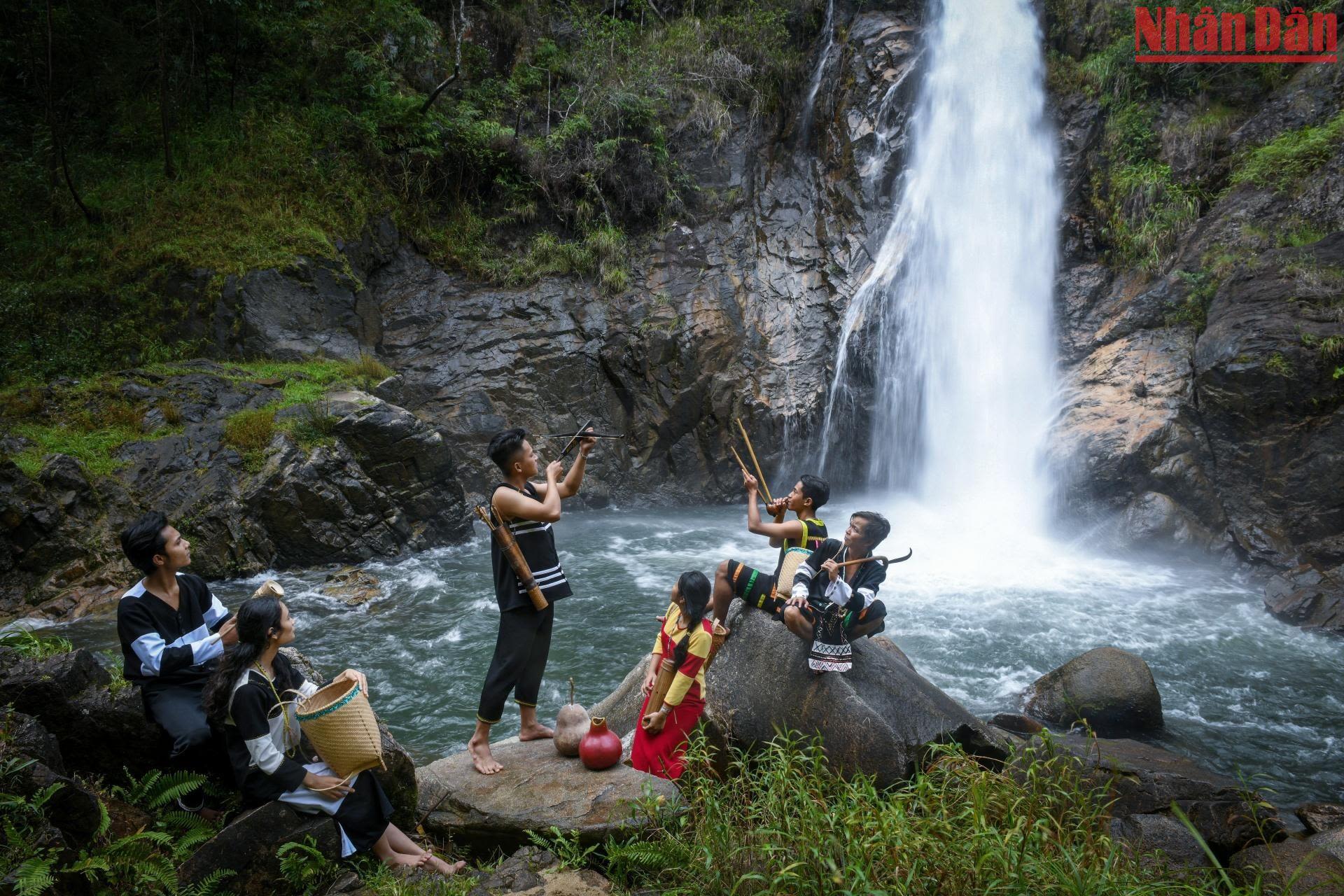
Photo: NDO/Thanh Dat
Photo: NDO/Thanh Dat
4. Main features
Diet: There are two main meals in the morning and afternoon. Lunch is usually brought to the fields. Soups mixed with meat, fish and vegetables are the favourite dishes of the Raglai people. Beverages include water in dried gourd pods and can wine (homemade wine stored in bottles). Home-made tobacco, wrapped in corn husks, is widely used in Raglai families.
Costume: It is difficult to see the traditional clothes of the Raglai people. Today, men wear casual pants and shirts and women wear skirts or pants with a ba ba shirt (a long shirt split at the waist sides forming two flaps). Long ago, men were shirtless, wearing a simple loincloth without decorative patterns. On traditional festivals, women wear a long shirt with alternating red and white squares on the top of the shirt.
Habitat: The Raglai people live in the mountains and valleys with an altitude of 500-1,000m, mainly in Ninh Son District (Ninh Thuan Province), Bac Binh District (Binh Thuan Province) and some places in Phu Yen, Khanh Hoa, and Lam Dong provinces. In the past, they lived in stilt houses. Nowadays, houses on the ground are quite popular. The houses are usually square-shaped, with an average area of only 12 to 14m2. Some of the houses are larger and rectangular. Their housing assembly technique is very simple, mainly using forks of trees and ties. The roof is covered with thatch or rattan leaves. Walls are covered with wicker or plastered with soil.
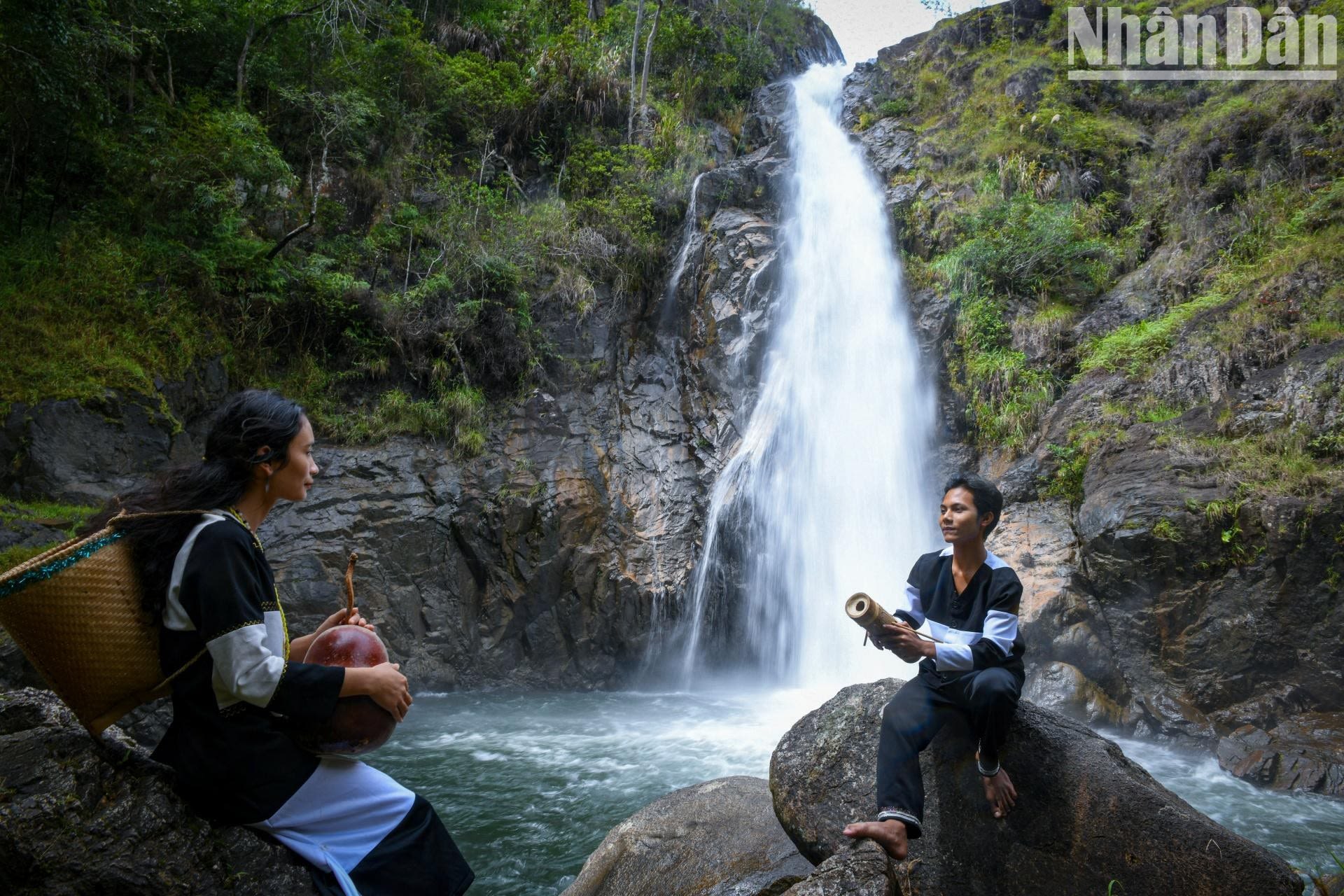
Photo: NDO/Thanh Dat
Photo: NDO/Thanh Dat
Wedding: Weddings go through many steps and complicated procedures. The wedding ceremony is conducted by both families, in the bride’s house first and the groom’s home later. The most important thing in the wedding ceremony is the ritual of spreading a mat for the couple. The bride and groom sit on the mat while two uncles on both sides make offerings to the ancestors and gods about the wedding. Also on this mat, they share their first meal witnessed by the two families.
Funeral: The dead are wrapped in a cloth or old clothes and placed in a coffin made of a hollow trunk or in tree bark, depending on the wealth of their family. The dead are buried in the fields or the forest, with their heads facing west. When the dead’s family has enough money, they will perform the ‘bo ma’ or ‘po thi’ (abandoning the grave) ceremony, which means to free the living from all ties with the deceased and then build a charnel house for the dead. Plants such as banana, sugarcane, pineapple and taro are grown around the charnel house, while models of boats and birds are placed on the top of the charnel house. Items belonging to the dead are destroyed and placed around and inside the charnel house.
Worship: The Raglai believe that there is a divine world beyond their understanding. The gods can cause less harm or help the locals if they are offered sacrifices and prayed to. The spirits of the dead are the supernatural forces that cause them the most fear. They also believe in the spiritualisation of animals. Therefore, every year there are regular worshipping ceremonies with sacrifices to ask for blessings from the gods. These sacrifices are attended by shamans, who have gradually separated from labour and considered worshipping an official profession.
Arts: Fairy tales, myths, folk songs, and proverbs reflect the thoughts and feelings of the Raglai people. Their popular instrument is a full set of 12 bronze gongs. However, they can also play with 4, 6, 7 or 9 gongs. Pan-pipes and bamboo flutes are quite popular. The Raglai people also know how to assemble stones into a set called lithophones, which are unique and fantastic.
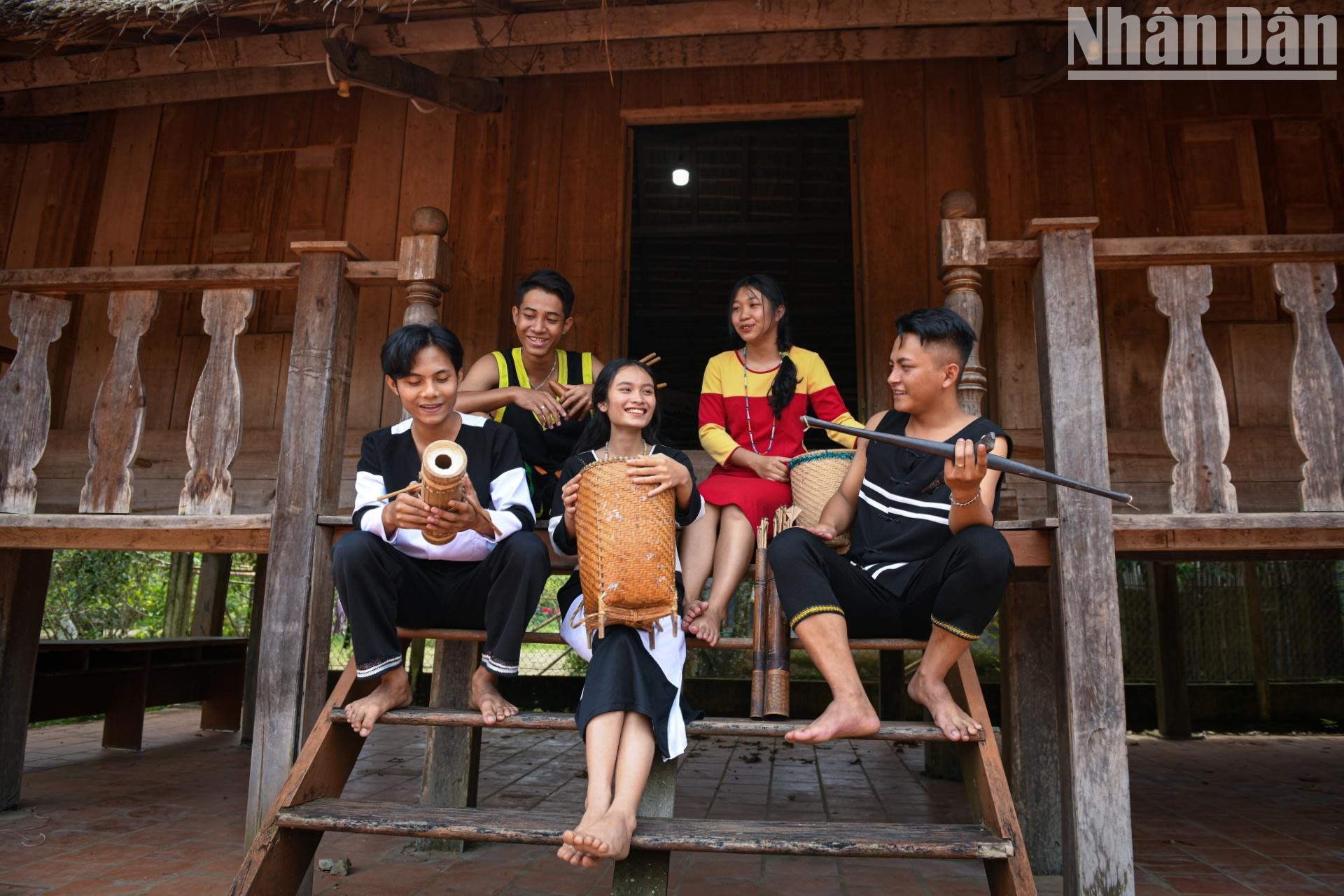
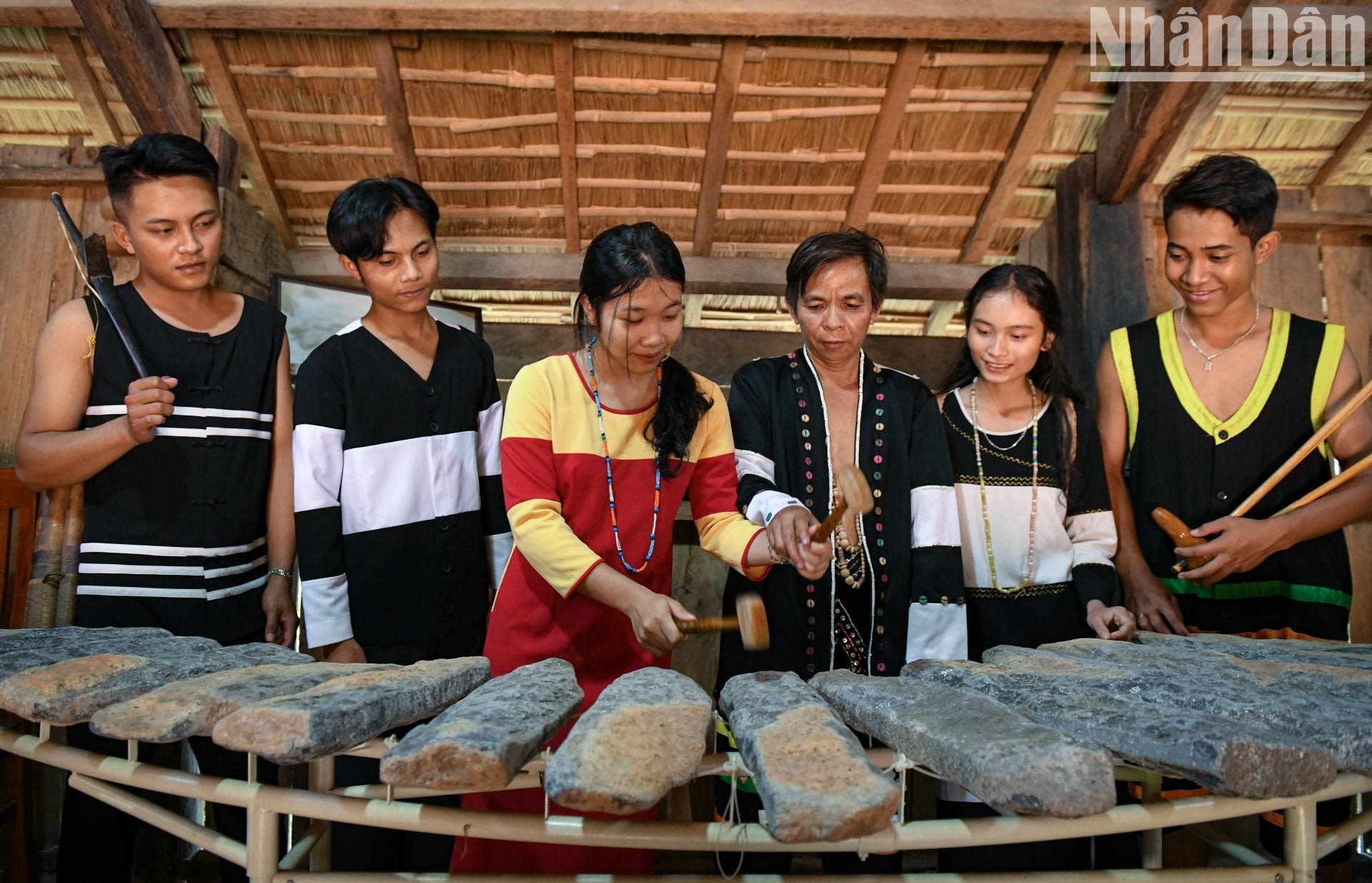

Photo: NDO/Thanh Dat
Photo: NDO/Thanh Dat

Photo: NDO/Thanh Dat
Photo: NDO/Thanh Dat
5. Economic conditions
Farming always dominates other economic activities. In the fields, the Raglai people cultivate rice, corn, beans, cucurbits and fruit trees. Forging and knitting are two fairly developed crafts. Breeding is popular with herds of cattle and poultry, including buffaloes, pigs, chickens, and ducks. Nowadays, they know how to cultivate wet rice.